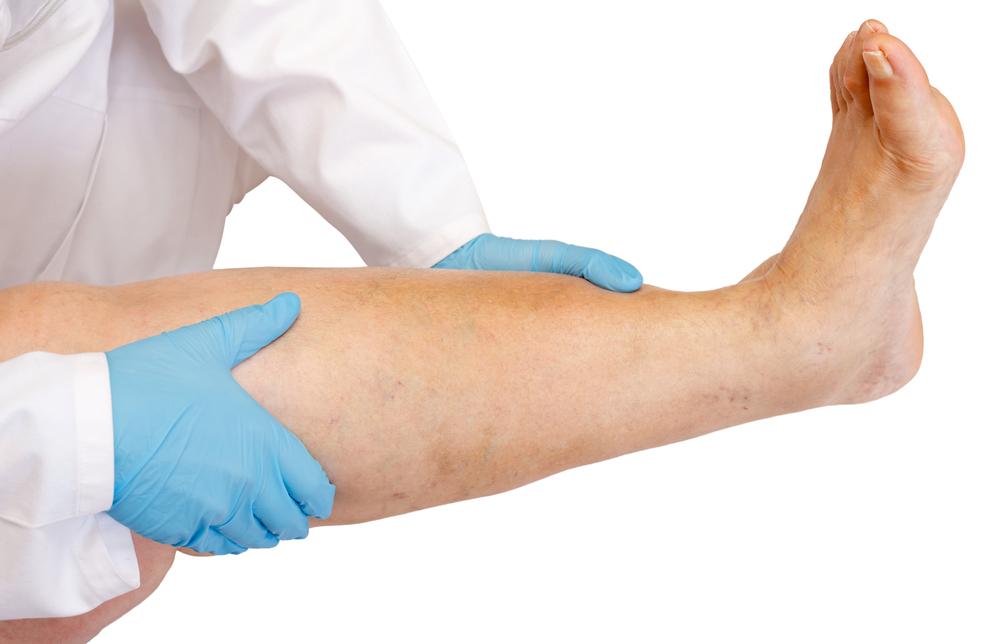Understanding Gout: Symptoms, Diagnosis, and Prevention Strategies
This article explores gout, including its symptoms, diagnostic methods, stages, and preventive measures. Understanding these aspects can help in early detection and effective management of the condition. Regular check-ups and lifestyle modifications such as dietary control are essential in preventing gout attacks and joint damage.

Understanding Gout: Symptoms, Diagnosis, and Prevention Strategies
Gout, also known as gouty arthritis, is a common form of inflammatory joint disease that typically affects the big toe joint. It can also involve other joints, causing swelling, intense pain, and tenderness. Anyone can develop gout unexpectedly, even during nighttime. Fortunately, early diagnosis and lifestyle changes can effectively manage and prevent this condition.
How Gout is Diagnosed
Several medical examinations are used to confirm gout. The key tests include:
Joint fluid analysis
Doctors extract fluid from the affected joint with a needle and check for urate crystals under a microscope.
Presence of urate crystals confirms gout.
Blood tests
Measurement of uric acid and creatinine levels helps detect gout, although results may sometimes be inconclusive.
Other diagnostic tools include:
X-ray imaging
Used to rule out other causes of joint inflammation.
Ultrasound
This imaging technique detects urate crystal deposits in joints, aiding in gout diagnosis.
Gout Progression and Stages
Gout develops through four stages:
Stage 1
Uric acid levels begin to increase, leading to crystal formation around joints, often starting in the feet. Kidney function impairment causes elevated uric acid.
Stage 2
Sudden and severe joint pain, swelling, redness, and warmth occur, mostly in the big toe or ankle. Prompt medical attention is crucial.
Stage 3
Intermittent symptoms may appear, but without treatment, pain and flare-ups can recur within a year.
Stage 4
Chronic gout causes ongoing joint pain and potential joint damage if untreated for long periods.
Preventing Gout
Gout prevention involves dietary management. Limiting foods high in purines, such as red meats, bacon, sardines, yeast, and shellfish, is recommended. Alcohol consumption should also be minimized. Regular medical check-ups enable early detection and management, reducing the risk of severe complications.










